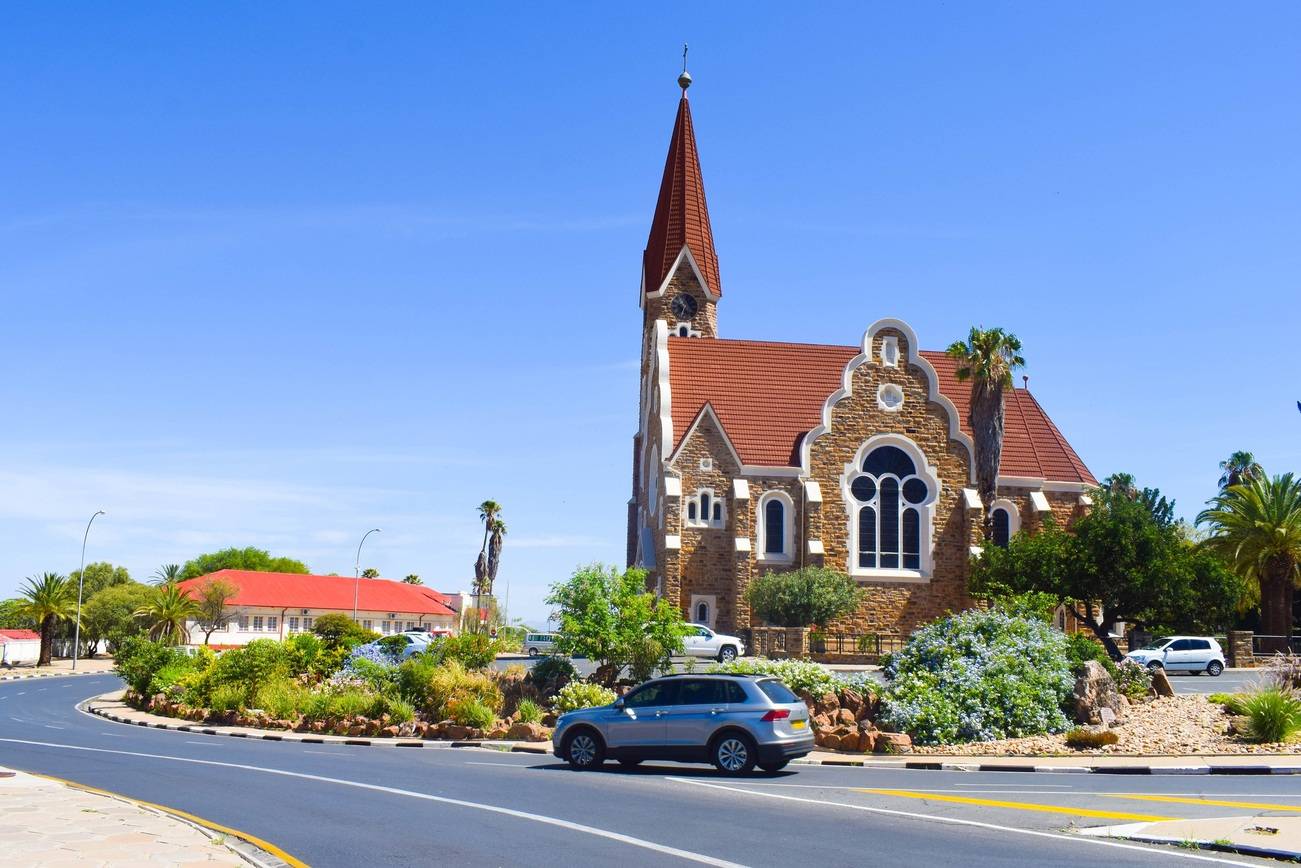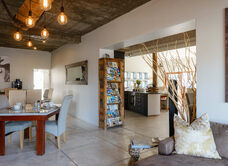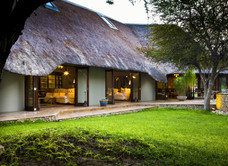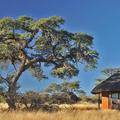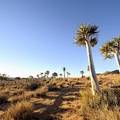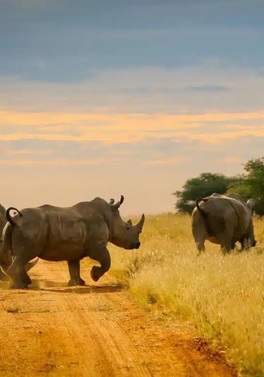The majority of tourists visiting Namibia on a fly drive safari start their adventure in the capital as it is the main entry point to the country. There are several large international companies offering rental cars at Windhoek International Airport.
In 2013 the population of Windhoek was approximately 342,000 people. Despite the large increase in population over the last few years the city centre is extremely clean, and mostly trouble free. Most tourists comment on the cleanliness of the city, and often pronounce it to be a most un-African city (a somewhat back-handed compliment).The city centre is characterised by a proliferation of German style buildings, a lasting reminder of Namibia's early colonial history. Early buildings such as the Alte Feste (old fort), Christuskirche and Tintenpalast (the parliament buildings) are of particular historical interest. In a wonderful display of irony, the Alte Feste Fort, once the bastion of German colonialism, now houses the National Museum which places particular emphasis on the freedom struggle and Namibian independence, right in front of the fort is the iconic Reiterdenkmal (equestrian memorial). Other notable buildings in Windhoek include St Mary's Cathedral and the Turnhalle Building.Windhoek has had several names, many inspired by the hot water springs found in the area, the earliest of which were the Damara /Ais //Gams (/ indicates a click in Nama spelling) which means firewater and the Herero Otjimuise or place of steam. The area was also called Queen Adelaide's Baths for a (mercifully) brief time. Several opinions are offered for the origin of the present name, the most popular of these is that sometime before 1840 Jonker Afrikaner, a Nama leader, named the area Winterhoek, after the farm in South Africa where he was born. Windhoek, or windy corner, is a corruption of this name.During the day the city centre has a European cafe culture, German cuisine dominates, but Namibian influence can be found in the quantity and quality of meat on offer.



































